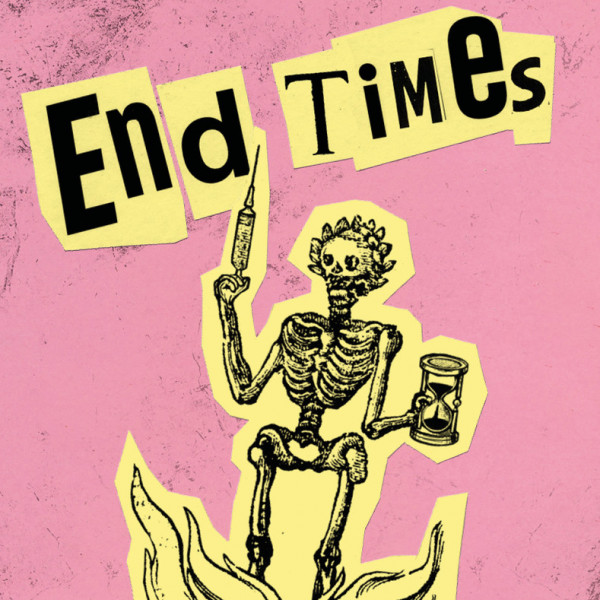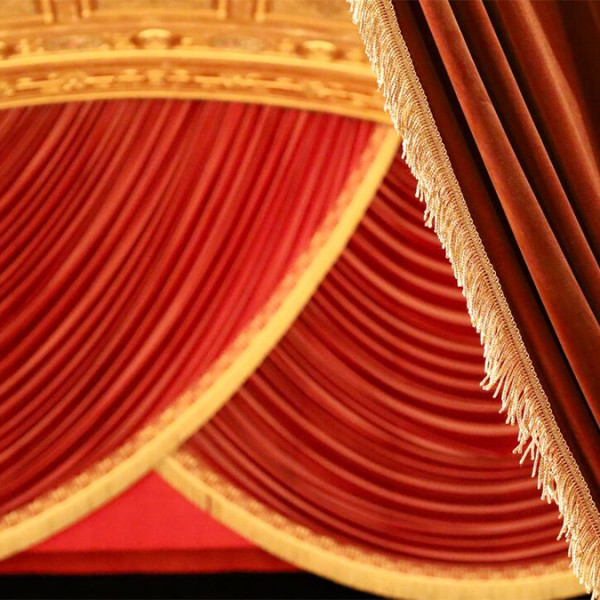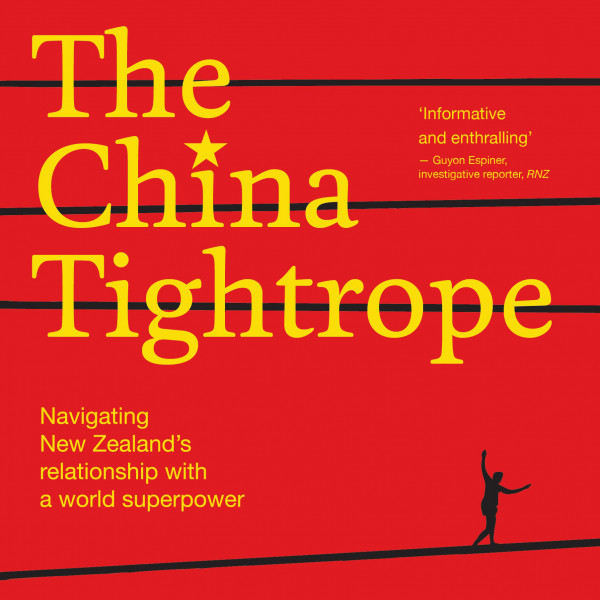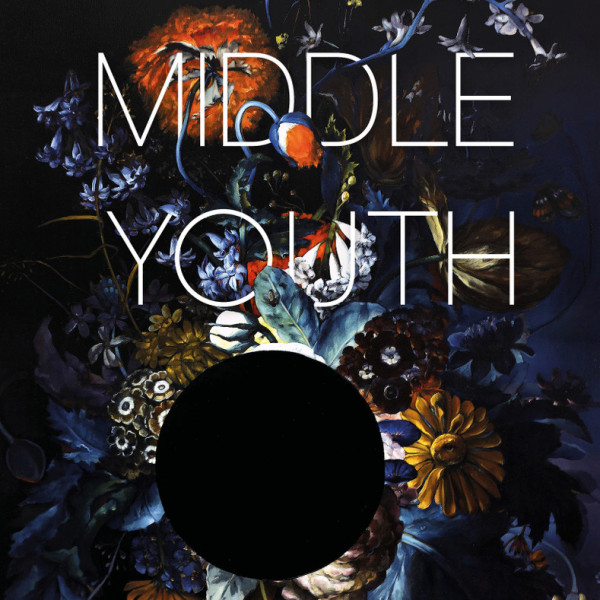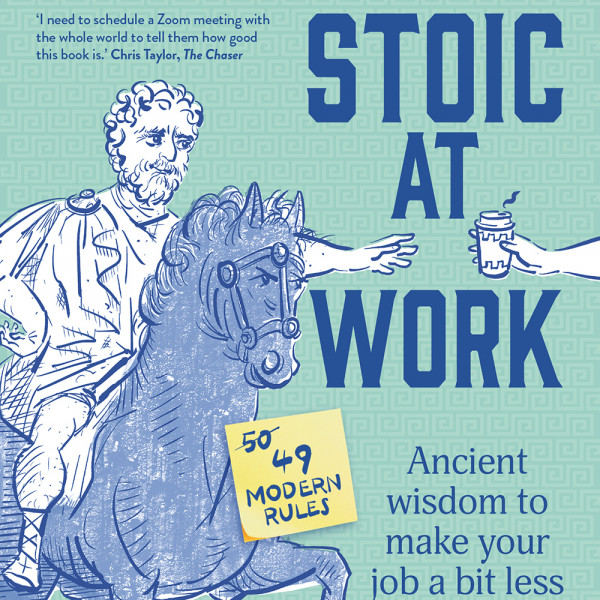
Being social is one of the reasons the human being has risen through the ranks to become (for better or worse) the number one animal on planet Earth. But it is also why there are so many jokes about why we hate Mondays. Because while we are very social and love each other’s company, we sometimes get on each other’s nerves as well.
Over 2000 years ago, Roman emperor Marcus Aurelius knew this and wrote Meditations, a book centred around the philosophy of Stoicism: the idea that we cannot control someone else’s thoughts, feelings, and actions, so why bother.
What a wonderful idea, and what a wonderful book Stoic at Work: Ancient Wisdom to Make Your Job a Bit Less Annoying is. The clever writing, super short chapters, and little illustrations by Oslo Davis come together to really make this a wonderful read. Each chapter is just a few pages long, but still manages to impart little nuggets of wisdom from back then that are still relevant today.
One of its biggest strengths is that it’s so relatable. We have all had a hard day at work, suffered through that annoying colleague’s watercooler rant, worked under that overbearing boss. The book succeeds because it’s essentially everyone’s life – at least everyone who has ever worked.
One of my favourite chapters is Don’t Shag The Boss (definitely words to live by), followed by Win Lotto and Resign Well. While funny, there is a ring of truth to each of these rules.
The only downside is that the length of Stoic at Work might make some people think it’s a book for children. I assure you it is absolutely not. It’s well written, humorous, and the accompanying pictures make it a joy to read.
If you see this, pick it up and keep it in your back pocket in case you find yourself in a sticky situation with a pesky colleague or, God forbid, your supervisor. It might just save your job or make your life that little bit easier.





